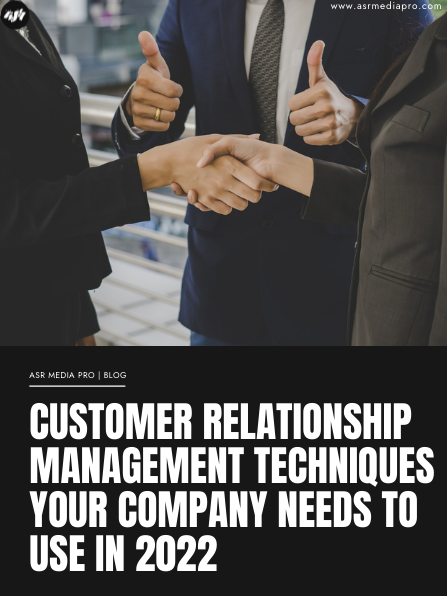
How to Use YouTube’s Algorithm to Your Advantage
How to Use YouTube’s Algorithm to Your Advantage The algorithm may make or break your content strategy if your company uses YouTube. It’s crucial that
We know that backlinks are an integral part of the ranking algorithm, so backlinks are vital.
However, your website’s content must be optimised for search engines to understand how to rank it.
Below is a brief checklist of on-page optimization factors to consider before investing time in link building.
Spend some time identifying your keywords if you have not already.
Create your list from broad to specific, but keep in mind that relevance is the most important factor.
However, even as you identify broad terms, they should be targeted and relevant to your product categories.
When conducting keyword research, I like to first generate ideas and then use tools such as Semrush, SE Ranking, and Spyfu to expand my seed list.
After constructing my list, I will ordinarily divide it into three categories: Priority 1, Priority 2, and Priority 3.
The process of assigning keywords to your website’s pages is known as keyword mapping and will help you avoid keyword cannibalization.
After this process is complete, it is time to optimise your pages.
Keep in mind that it is common to have two or three primary keywords and multiple secondary keywords per page.
Focus on your title tags, heading tags (especially H1s), body text, and image alt attributes when optimising your pages.
Even though the meta description has little impact on ranking, you should still optimise it.
The Complete Guide to On-Page SEO details the best practises for optimising, which can be found there.
Here’s a tip from the pros: Utilize Google Search Console to determine whether or not the search engine already recognises your pages for relevant queries.
Google Search Console’s Performance Report displays the queries for each page.
If any of these queries appear to be effective keywords, or if they are already on your list, prioritise them when optimising the associated page.
You could add the keyword to the page’s title and/or H1 tag (s).
You may even seek opportunities to weave the keywords into the body text more, but you should never keyword stuff. The text should flow smoothly.
Adding optimised content is essential for all website types, including ecommerce sites.
Since category pages were mentioned in your question, I will concentrate on recommendations for this type of content.
Understand first and foremost that category pages offer numerous opportunities to add text.
However, many businesses are hesitant to include excessive text on category pages because they believe it will diminish the shopping experience.
There are inventive ways to add optimised text without being too intrusive.
After you have optimised your pages, you should always be on the lookout for ways to improve them.
This is where the advice I provided can be useful.
Make it a habit to monitor the performance of your pages and make necessary adjustments.

How to Use YouTube’s Algorithm to Your Advantage The algorithm may make or break your content strategy if your company uses YouTube. It’s crucial that

If These Non-Profits Fail, Facebook’s Metaverse Might Be Taken Over By Deep Fakes And Other False Information Simply called Meta, Mark Zuckerberg’s virtual reality world,

Customer Relationship Management Techniques Your Company Needs to Use in 2022 Create a Multi-Channel Presence This type of traditional marketing doesn’t only employ one channel
